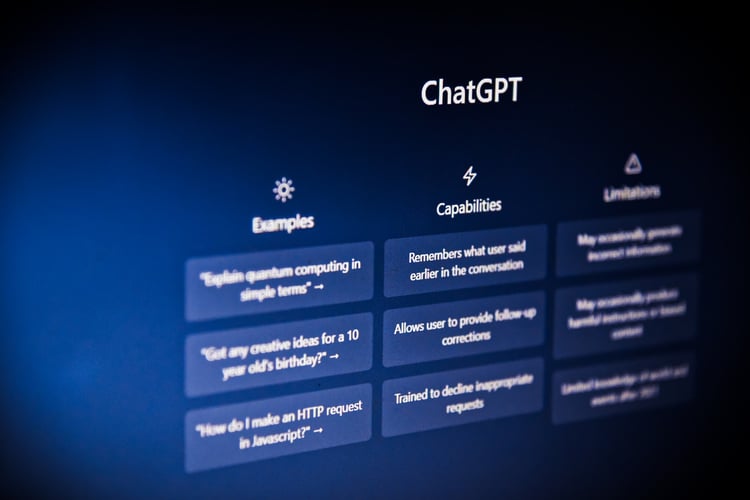Secretly Not Know What AI Really Is? You Are Not Alone!

By Simon Kriss, Chief Innovation Officer for the CX Innovation Institute
A little-known fact about me is that I hold a Masters degree in Viticulture and Wine Technology, which technically makes me a wine snob. Oddly enough, I see some parallels between AI and fine wine. Let me explain.
Most people know the term ‘fine wine’ (like AI) and may even be able to name some of the top chateaus of the world (again, like AI). However, when it comes to discussing the depths of wine creation and sensory evaluation it starts to come undone (again, disturbingly, like AI). Terminology like phenolic lift, tannic structure, and fruit forward palettes can strike fear into the hearts of even the most avid wine drinkers. So it is with Artificial Intelligence also.
Scared to admit you don’t know a lot about AI? Fear not! I am here to help with a crash course on AI so you too can sound like a pro (or an AI snob) in your next meeting.
THE SIMPLE EXPLANATION
My simple explanation is that AI is computing that employs a neural network similar to the design of the human brain. Each brain neuron is like a tiny little decision-maker. Jobs are broken up into smaller tasks and completed. When the neurons in your brain work together, they allow you to understand the world around you and process a vast amount of information rapidly. AI essentially works in the same way.
In an AI neural network these neurons are organised into layers. There's an input layer, where the network receives information (like a photo, text, or sound). Then, there are hidden layers, where all the magic happens. And finally, there's an output layer, where the network spits out its final decision (or more accurately, its best guess).
Think of these three layers like your body. The input layer is the eyes and ears, the hidden layer is the brain, and the output layer is your mouth or hands. I know this is a massive oversimplification as our mouths and hands can be both input and output, but hopefully it makes the concept a little more relatable.
If you really like to nerd out, the 3-layer approach mimics human biological neurons with the dendrite as the input layer, the soma to do the processing and the axon/synapse to handle the output. But I digress, A LOT.
Want another fun trivia fact? The letters GPT (in ChatGPT) stand for Generative Pre-Trained Transformer. Generative means that the model can generate new text (duh!). Pre-Trained means that the model was trained on a mountain of initial data and then continues to learn as it goes (like giving something a kick start) and Transformer because it does just that – transforms your input text into output text.
As AI is rapidly making its way across our industry creating masses of opportunity (and caution) we should all be learning as much about it as we can. Free online courses abound these days.
Until next time – Cheers!
Simon Kriss is the Chief Innovation Officer for the CX Innovation Institute. He is the author of “The AI Empowered Customer Experience” and hosts a trio of podcasts on CX and innovation.


